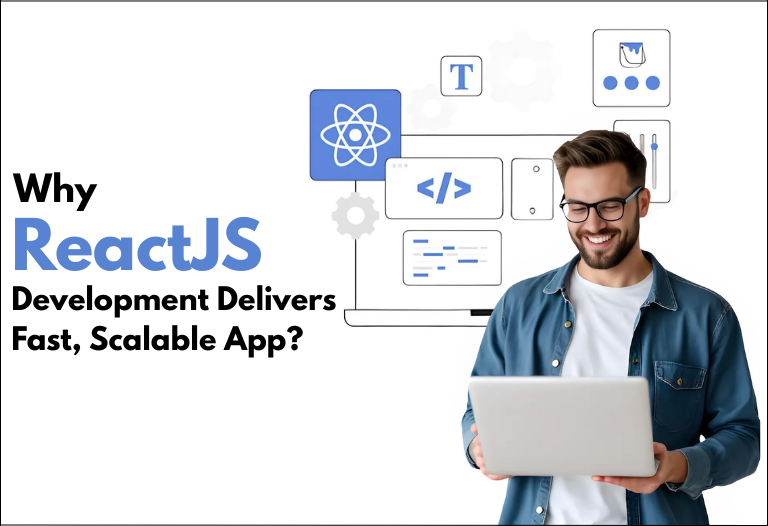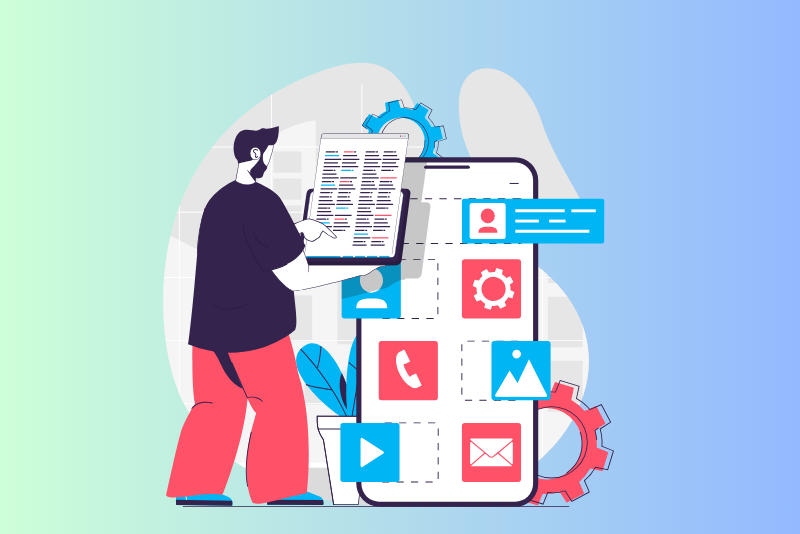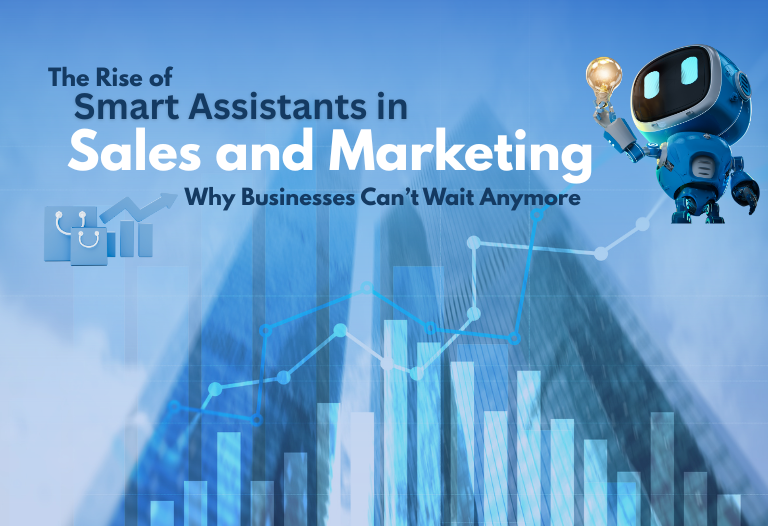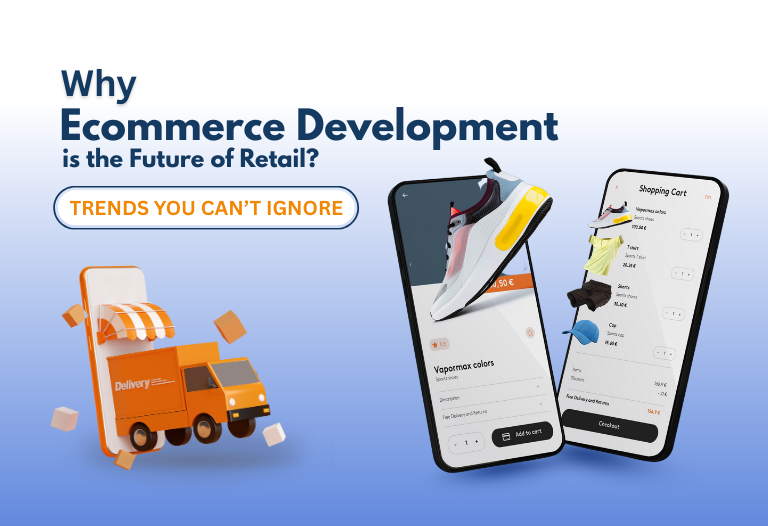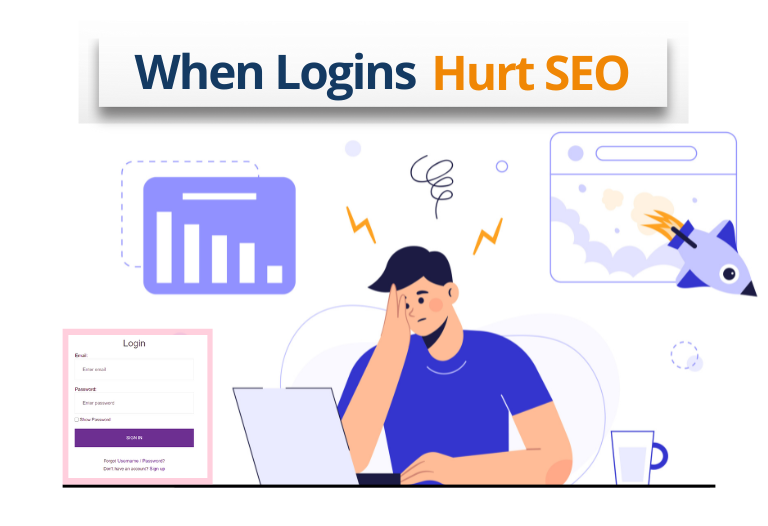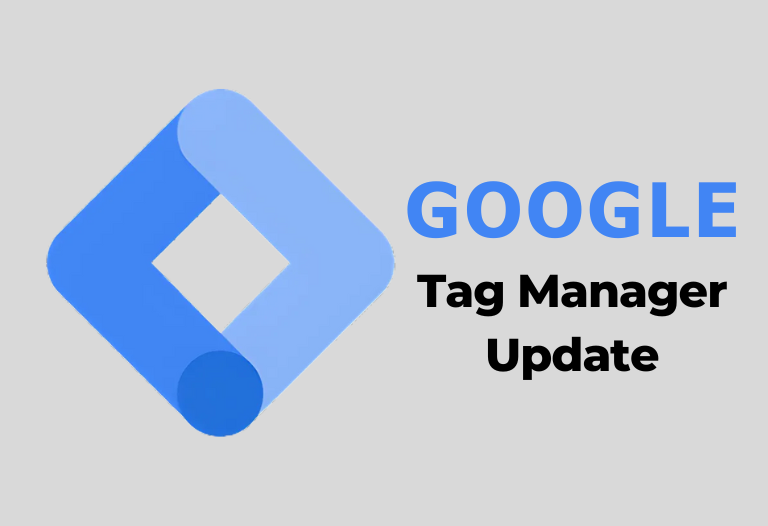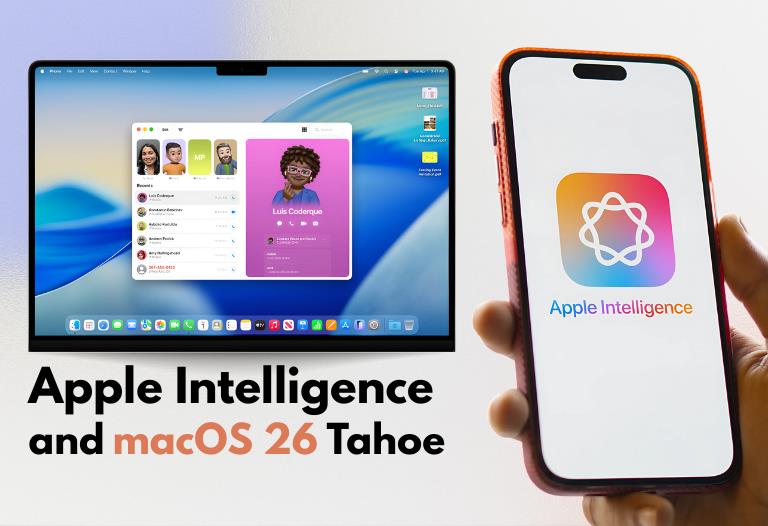
The Internet of Things (IoT) has changed the way we connect with the world by letting smart devices talk to each other and do their jobs automatically. As the Internet of Things (IoT) continues to change many fields, the need for iot app development. Because these apps can connect and control many different gadgets and sensors, they give us never-before-seen ways to make our daily lives more efficient, convenient, and connected. IoT apps are at the cutting edge of new technology. They are used in smart home systems, wearable health devices, industrial automation, and connected cars.
Creating an IoT app requires careful planning, exact execution, and an in-depth understanding of how to combine hardware and software. Making a successful IoT app, on the other hand, takes careful planning and execution. Every step is important, from figuring out the problem and who the target audience is to building a strong architecture and making sure protection.
It’s also hard because testing, deployment, upkeep, and following regulatory standards are all very complicated. In 2024, this is the only IoT app development plan you’ll need to make sure your project goes well.
The IoT App Development Checklist 2024
The Internet of Things (IoT) is a network of interconnected devices that communicate and share data with each other over the Internet. Creating an IoT app can involve a lot of precision, strategy, and careful planning. Here is a comprehensive list of steps involved in achieving this goal :
1) Define the problem and scope in IoT app development
The primary objective of developing an IoT app is to know what problem you are planning to solve, and what is requirements you are looking forward to catering to. When defining the problem and figuring out the scope, these are the things you need to make sure of:
Identify the need:
Work towards creating a problem statement. Gain a clear understanding of the problem you are planning to solve and how grave of a problem it is that exists in the market.
While doing this, you can also conduct thorough market research and know the existing solutions or alternatives to that problem, and how you may need to derive the solution in order to surpass those. This also helps you gain an understanding of the market and identify the gaps you can fill.
Target audience:
Conducting thorough research, you will get a hand of the audience you are scaling your app to. For this, you can use demographics like age, occupation, and location to properly analyze the needs and requirements of your audience.
You can also take feedback from potential audiences to know their pain points or the problems you are planning to solve. Visualize user experience in a better manner to get an overview of how they may interact with the app you are creating.
Device selection:
Check the device compatibility and decide the different devices your app will support, like smartphones, desktops, laptops, wearable devices, or specifically IoT devices.
Also identify the most suitable hardware devices you will need for your app, including actuators, sensors, and connectivity modules. Lastly, also see the platforms your app can be integrated with, like iOS, Android, or specific modules like Google Cloud IoT.
2) Design and development in IoT app development
Presentation of the app requires immense planning, intricate development and designing, and careful execution. Designing and developing an app comes with various challenges. While stepping into this process, these are the key points to keep in mind :
App architecture:
When choosing an architectural design, make sure to choose a robust and reliable system that ensures seamless coordination between the front-end and back-end processes.
The system design and modular design should be developed in a way that makes sure the system is scalable and flexible. Another major thing to keep in mind is to ensure clear and smooth data transmission between devices and the cloud.
Security measures:
Make sure that you implement end-to-end encryption of data transmission when it is transferred from the device to the Cloud. Another major consideration is to ensure that authentication is thoroughly done.
Use secure authentication devices like Oauth and Multi-Factor Authentication to secure smooth transfer. Do not forget to use strong firmware updates to protect devices from vulnerabilities.
API Integration:
Implement security measures such as API keys and rate limiting to protect your APIs from abuse or misuse. An important measure in doing this can be through identifying and including third-party APIs to increase the functionality of your app. Another thing you can do is to develop custom-made APIs to facilitate and improve the communication between different components of your IoT system.
UI and UX design:
When it comes to deciding upon the interface and design of your app, you need to prioritize the needs of the target audience right at the top. Making a User Interface design and User Experience design are two major components that act as deciding factors of user satisfaction, user engagement, and user traffic. Make sure that the design and interface you develop are easy to understand, intuitive, user-friendly, seamless, and easily accessible.
3) Testing and deployment
Based on the meticulous work that goes into developing an app, it is also important to test and see if the functionality and operations of the app are as seamless, accurate, and reliable as one aims for them to be. Regularly conducting sessions to test the performance and operability is important to ensure reliability. During testing and deployment, these are the considerations that are crucial to keep in mind :
Device compatibility testing:
Test your app on multiple devices like smartphones, wearables, desktops, laptops, and more as such to see if they are smoothly operable and functional.
Also, test your app on multiple platforms like iOS and Android to see if there are any discrepancies or scope for change. Device compatibility testing also includes making sure that it is well integrated and coordinated with hardware devices, ensuring smooth communication and data transfer.
Performance testing:
Perform load testing for your app to see how much user traffic it can handle without any malfunction or delay. This helps in scalability and future preparation for higher engagement and adaptation.
Also, test out for stress that the app can take and identify the breaking point where it stops functioning or becomes inoperable. Measure and optimize the latency of data transmission between devices and the cloud.
Security testing:
Conduct regular vulnerability assessments to identify and address security flaws that may be impending. Also, check for penetration testing to see the risk of attacks and ensure that the app is secure. Security testing also includes being thorough with the industrial standards and regulations and making sure that the app is in compliance with them.
Deployment:
Plan a deployment strategy that includes staging and production environments. Also come up with a rollback plan in case of any malfunction, since you may need to go to a previous stage if any deployment issues come up. You can also plan on implementing CI/CD pipelines to ease and automate the deployment process.
4) Maintenance and updates
Regularly maintaining the app is very important to ensure its reliability, accessibility, seamless communication, easy interface, adaptation to technological advancements, and better optimization. For ensuring the maintenance and update of your app, these are the key considerations that are crucial :
Bug fixes and updates:
Keep in mind to regularly check for any defects or bugs in the app, fix them timely, improve overall performance, and update the firmware and security procedure to better the operability and function.
Take user feedback regularly to ensure user satisfaction and fulfill user needs. Another feature you can add to simplify and ease the process is enabling automated updates for your app.
Data analytics:
When we talk about data analytics, the primary and most important thing is to analyze user engagement, user traffic, user behavior, and app usage metrics. Continuously track your app and see its performance to make sure that it is operating properly and there is no malfunction in it.
Lastly, also use data analytics to track user performance and engagement. By this, you can get an insight into what is working best for the app and what changes you can adopt to improve its functionality.
Scalability:
Planning scalability is very important and significant for future planning and integrating smooth performance. Make sure that the scalability of the app is developed enough to handle more user traffic and engagement in the future, and not lead to any malfunction or operational defect in case of higher traffic.
Also, look for leveraging cloud services for smooth data processing and increased storage. Another important step is to balance the load, so that the data transmission and processes can be distributed evenly and the load can be balanced smoothly.
Additional considerations in IoT app development
Developing an app takes a heavy amount of planning and consideration. To ensure the smooth functioning and operability of the app, you need to make sure of a lot of things like user interface development and engagement, storage, management, data security, and much more.
Here are 3 important considerations besides the checklist explained previously, that you must keep in mind while developing and planning your app’s execution :
1) Data storage and management
The primary consideration to be considered when it comes to data storage and management is data privacy, which you can make sure of by implementing measures like user consent or data anonymization.
Data management and storage also require choosing appropriate storage tools for secure and accessible storage of data while also seamlessly communicating with your app. Also, make sure to backup the data and schedule the backup process from time to time to prevent any data loss.
2) Connectivity and network requirements
Implement a connectivity and network module that supports your app development without hindering or obstructing the process. Ensure reliable network connectivity for seamless data transmission between devices and the cloud.
To reduce costs, you can also opt for bandwidth optimization and regulate network usage. Another important consideration that can be adapted in the app development is to make it operable even in offline or with reduced network connectivity. Design your app to handle intermittent connectivity and provide offline functionality where possible.
3) Compliance with regulations
Ensure compliance with various data protection laws, including GDPR, CCPA, and HIPAA. Guarantee security and reliability by adhering to industry standards and certifications such as ISO and NIST.
By following these guidelines, you can guarantee that your systems and processes meet the necessary requirements and best practices. This not only helps to protect sensitive data but also builds trust with your customers and partners. By staying up-to-date with the latest industry standards, you can stay ahead of potential security threats and ensure that your organization is well-prepared to handle any challenges that may arise.
Conclusion
As of 2024, making an IoT app requires careful planning, a strong and durable design, thorough testing, and ongoing upkeep in order to be successful. With this complete list, you can make sure you cover all the important parts of making an IoT app.
This list will help you do everything from clearly defining the problem and scope to carefully planning, designing, developing, testing, deploying, and managing your app.
There are also things like data collection and management, connectivity and network needs, and following the rules that you need to follow in order to create an IoT solution that is safe, scalable, and easy for people to use.
By thinking about these things, you can make sure that your answer meets the standards and gives users a smooth experience.
This all-around method of IoT development will help you make a strong and dependable system that can change to meet new needs. To protect sensitive data and users’ privacy, it’s important to put security steps at the top of the list.
You can make sure that your IoT solution works well and easily by setting up the right connectivity and network infrastructure. Following the rules is also important to stay out of trouble with the law and keep your users’ trust.
If you think about all of these things, you can make an IoT solution that not only meets your needs now but also has the potential to grow and change in the future.
It’s important to keep up with how the IoT is changing if you want to make great IoT apps that meet user needs and standards. To make sure you offer high-quality IoT solutions, you need to know about the newest trends and best practices.




 June 14, 2024
June 14, 2024
